The History of DOS
Back in 1978 in Seattle, a company called “Seattle Computer Products” (SCP) was a manufacturer of memory cards. One of their customers was “Retail Computer Store”, a computer store located in the same city. The stores technician, Tim Paterson, was a student at the University of Washington. The owner of SCP, Rod Brock, frequently visited the store. Paterson complained to him about some problems with their memory cards. Brock then hired Paterson to fix the problems. Paterson graduated in the spring that year and he started to work for SCP as an employee.
In the summer of 1978, Paterson attended a local seminar on Intel’s newly released 16-bit 8086 processor. Almost all personal computers used an 8-bit microprocessor at that time. Paterson convinced his boss Brock into developing a computer board for the new chip.
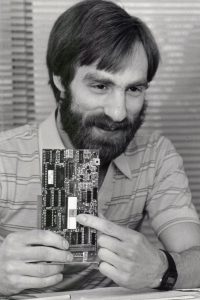
The first prototypes were working in May 1979. SCP was now in need of an operating system and software for their new computer board. Microsoft had just relocated from New Mexico to Bellevue, just a short driving distance from SCP’s office. Paterson brought a working prototype over to Microsoft and worked with Bob O’Rear on a stand alone version of Microsoft BASIC language for their new computer. A stand alone version works without any operating system.
SCP started shipping their 8086 computer board in November 1979. Microsoft BASIC was their only available software, as they lacked an operating system. An operating system was necessary to build up a proper software base.
CP/M of Digital Research, that was written by Gary Kildall, was an early “de facto standard” of a general 8-bit operating system. CP/M was designed to be adapted to personal computers which ran on either an Intel 8080/85 or an Zilog Z80 microprocessor. CP/M was widely used and Digital Research was now working on a 16-bit version, CP/M-86. CP/M was the operating system SCP had planned for their CPU board, they just had to wait for the 16 bit version CP/M-86 to be ready.
I want to point out that even CP/M was widely used, not all personal computers shared this “platform”. Some very popular computers at the time used other micro processors, like Apple II’s and Commodore PET’s, which was based on the MOS Technology 6502.
QDOS (Quick and Dirty Operating System)
By April of 1980, CP/M-86 was still not ready, the delay was costing SCP sales of their new computer board. Paterson had started programming their own operating system as a temporary solution while waiting for CP/M-86 to be ready. He modeled it after CP/M’s architecture and interfaces. As a working title he called it QDOS, short for Quick and Dirty Operating System. When it was advertised and distributed, it was called 86-DOS.
According to an interview with Paterson, SCP would have dropped 86-DOS at once if only CP/M-86 was ready as they focused on hardware primary.
Paterson, 1983 interview: “86-DOS reflected pretty much everything we had learned so far. Just about the only thing it didn’t have was variable sector record sizes. The assembler, originally written on the Z-80, was made faster. We also made some changes in the system calls. It was a pretty polished package when it was released.”
Development of the IBM PC
IBM had started to develop their own personal computer, the IBM Personal Computer, IBM model 5150, best known as the IBM PC. They had been in contact with Microsoft about licensing their programming languages for the IBM PC, not just BASIC, but also COBOL, FORTRAN, and Pascal.
IBM in contrary to SCP, chose to use the less capable Intel 8088 processor over the binary compatible 8086. The difference is that it only got an 8-bit external data bus instead of the 16-bit bus of the 8086. Intel could provide more units at a better price of this version. Intel 8088’s 8-bit bus also reduced the cost and complexity of the rest of the computer.
CP/M-86 from Digital Research was the operating system also IBM had planned for their new computer. Somehow, IBM failed to get the agreement they needed in time. There are some conflicting stories about the exact details when IBM went to meet with Digital Research.
Bill Gates from the book “Fire in the Valley”: “Gary was out flying that day.”
[Gary Kildall had a pilots license and flew airplanes for hobby.]
Gary Kildall himself has denied this was the case, he was away for a business meeting with Hewlett-Packard that morning.

Maybe there had been an misunderstanding about whatever the meeting was scheduled for AM or PM. IBM showed up at ten o’clock in the morning while Digital Research thought it was scheduled for ten o’clock in the evening.
IBM and their lawyers met with Kildall’s wife, Dorothy McEwen, and presented Digital Research with a non-disclosure agreement, which the company refused to sign. Its uncertain if they met with Gary Kildall later that day, before they left.
But whatever the reason, IBM left Digital Research without any signed papers on CP/M-86.
Jack Sams (IBM): “IBM just couldn’t get Kildall to agree to spend the money to develop a 16-bit version of CP/M in the tight schedule IBM required.”
Microsoft licenses 86-DOS
IBM talked with Microsoft about their problem, and Microsoft’s Bill Gates, Paul Allen, and Kay Nishi discussed what to do. Paul Allen knew of Seattle Computer Products (SCP) and their 86-DOS. Kay Nishi was the one most in favor of Microsoft getting into the operating systems, and Allen says in his autobiography that Bill Gates was less enthusiastic.
IBM had experienced legal problems with 3rd party program code in the past and wanted Microsoft to purchase 86-DOS.
Jack Sams (IBM): “The reasons were internal. We had a terrible problem being sued by people claiming we had stolen their stuff. It could be horribly expensive for us to have our programmers look at code that belonged to someone else because they would then come back and say we stole it and made all this money. We had lost a series of suits on this, and so we didn’t want to have a product which was clearly someone else’s product worked on by IBM people. We went to Microsoft on the proposition that we wanted this to be their product.”
Bill Gates, Steve Ballmer and Bob O’Rear met with IBM and agreed that Microsoft would handle the operating system development for the IBM PC. According to Allen, IBM agreed to pay Microsoft a total of $430.000, including $45.000 for the operating system and $310.000 for the programming languages, and $75.000 for “adapting, testing and consultation.”
Allen contacted SCP owner Rod Brock about licensing 86-DOS and told them they already had the first customer, without revealing who it was. Microsoft got an agreement about licensing 86-DOS for $10.000 and in addition $15.000 for each OEM customer. Microsoft paid $25.000 and had an operating system for their “secret customer”, IBM.
Paterson, 1983 interview: “They paid us a flat fee. It was not a per-copy royalty, but per OEM. Part of the contract said we couldn’t ask them who they were selling it to or planning to sell it to.”
Jack Sams (IBM) is quoted telling that Bill Gates told him about 86-DOS and offered it to IBM: “Do you want to buy it [IBM] or do you want me [Microsoft] to buy it?”
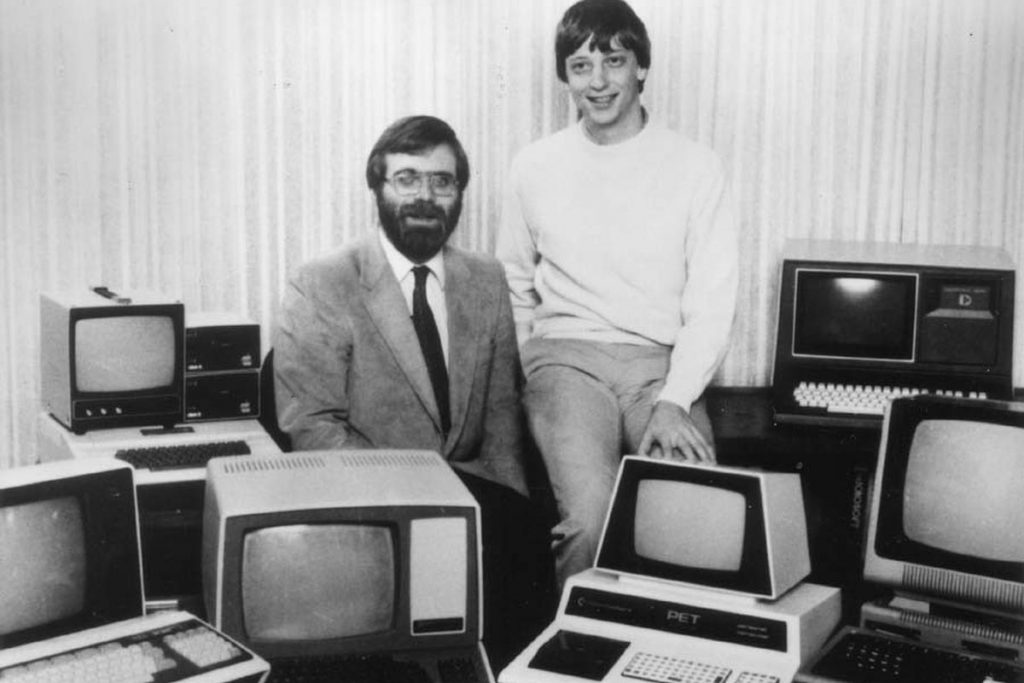
Microsoft develops PC DOS
Tim Paterson was then hired in from SCP by Microsoft, to develop 86-DOS into PC DOS for the upcoming IBM PC. This work happened over the next eleven months. The development was closely supervised by IBM engineers. Almost daily, Paterson shipped development versions to Boca Raton for IBM’s approval, and IBM would instantly return modifications.
Paterson: “They were real thorough. I would send them a disk the same day via Delta Dash. IBM would be on the phone to me as soon as the disk arrived.”
Paterson: “IBM wanted CP/M prompts. It made me throw up.”
Paterson finished PC-DOS in July 1981, one month before the IBM PC was officially launched (86-DOS had now become PC DOS).
Gary Kildall (Digital Resource) claimed that a lot of PC-DOS was stolen: “Ask Bill [Gates] why function code 6 [in 86-DOS and later PC DOS/MS-DOS] ends in a dollar sign. No one in the world knows that but me.”
Paterson, from the book “Hard Drive”: “At the time, I told him [Kildall] I didn’t copy anything. I just took his printed documentation and did something that did the same thing. That’s not by any stretch violating any kind of intellectual property laws. Making the recipe in the book does not violate the copyright on the recipe.”
Microsoft buys 86-DOS
IBM was expecting Microsoft to ask for more money or at least for an per copy royalty fee, instead Microsoft wanted to be able to sell PC DOS to other companies for their 8086/88-based computers.
Right before the IBM PC was launched, Microsoft went back to SCP and paid $50.000 for exclusive rights to 86-DOS.
Paterson, 1983 interview: “Microsoft wanted to own it, pay all monies now and take it off Seattle Computer’s hands. Both companies realized a good deal when they saw it. Seattle Computer really didn’t have the marketing clout of Microsoft.”
Paterson, 1983 interview: “So on July 27, 1981, the operating system became Microsoft’s property. According to the deal, Seattle Computer can still see the source code, but is otherwise just another licensee. I think both companies were real happy. The deal was closed just a few weeks before the PC was announced. Microsoft was quite confident.”
Launch of the IBM PC and PC DOS
The IBM Personal Computer (IBM 5150), best known as the IBM PC, was launched on August 12, 1981, together with PC DOS version 1.0.
Click here to read more about the IBM PC
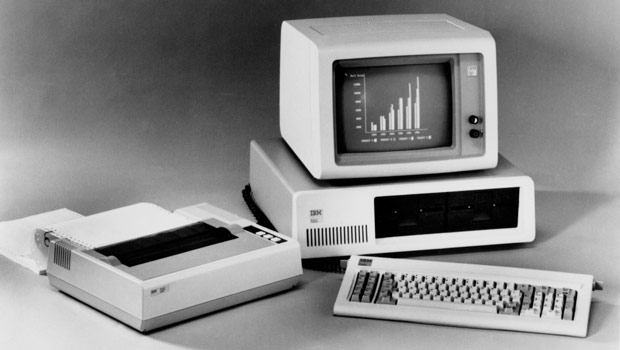
PC DOS 1.0 was limited compared to later versions. There was no hard drive support and there was no directories (all files had to be in the root directory). The only disk format supported was 160 KB 5.25″ floppies. It could start .COM and .EXE programs and run .BAT files, files also had date and time stamps. Date had to be typed in every time DOS was started though, there was no option of skipping this.
The first version of DOS had several similarities to CP/M, but it was not a clone, and had significant differences and improvements, like the implementation of a more flexible file system, FAT12 (File Allocation Table).
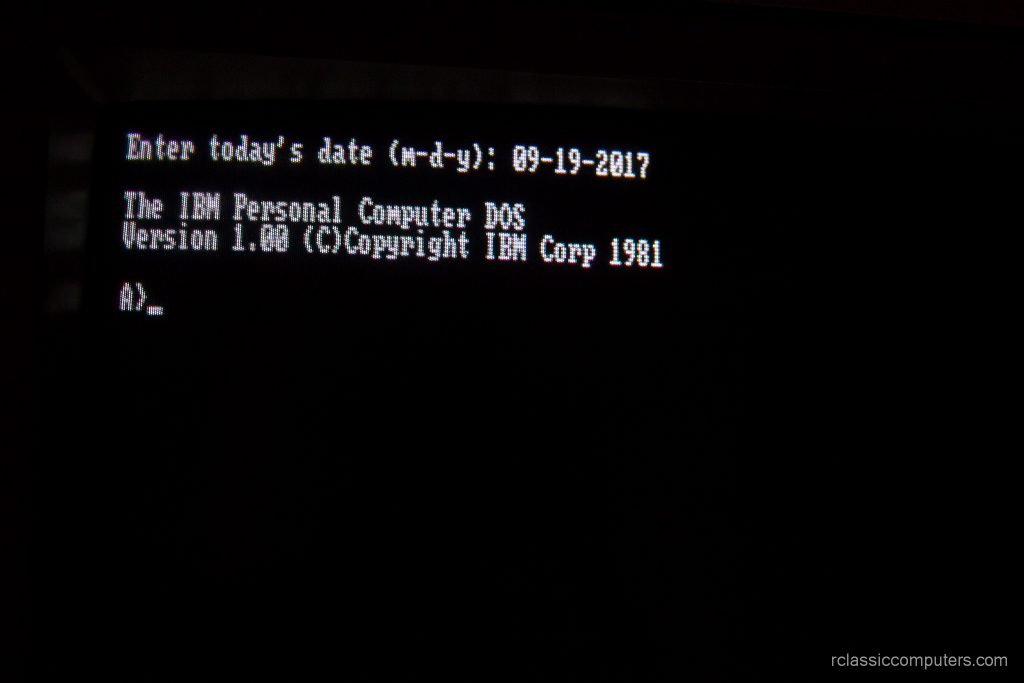
Paterson quitted SCP and got employed by Microsoft, he was not working for them as an hired gun anymore. In late 1981 he started writing PC DOS 1.1. This version shipped with IBM PC – revision B in May 1982. Version 1.1 was all-in-all a minor update to DOS, bugs were fixed and error messages were made more user friendly. The IBM PC now supported double-sided floppy drives (320 KB instead of 160 KB). PC DOS 1.1 still came on 160 KB floppies to be compatible with the earlier IBM PC’s.
During the first years, things was not changed so much for competing manufactures of personal computers, for example: Commodore, Apple, Atari and Radio Shack. During the development, IBM had imagined that their personal computer could adapt to suit almost every usage. It had BASIC in ROM, support for cassette recorder instead of a floppy drive and option for connectivity to a TV-set.
The IBM PC was very expensive, even in its most basic form with the smallest configuration. In the beginning it also lacked a wide software base (specially games) and it had less graphics and sound capabilities than many competing systems. The much more affordable Commodore 64 (1982-1992) turned out as the most popular home computer during the 80’s. The Commodore 64 is still regarded as the bestselling personal computer model of all time, around 12-14 million units was produced.
MS-DOS
At Microsoft, PC DOS 1.1 was internally version 1.25. This matched up with the original 86-DOS versioning. PC DOS 1.1 (1.25) was the first version Microsoft licensed to OEM’s, for example Zenith and COMPAQ. Microsoft branded their OEM version of PC DOS for MS-DOS.
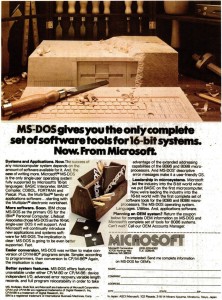
MS-DOS was not exactly a re-branded PC DOS, it needed code written by the OEM’s themselves. In IBM PC DOS 1.1 for example, the commands “COMP, DISKCOMP, DISKCOPY, MODE” were all written by IBM. The OEM’s also had to adapt IO.SYS/IBMBIO.COM, FDISK/SYS and FORMAT to their own computers.
In only a year, Microsoft licensed MS-DOS to over 70 companies for use in their 8086/8088 computers. In the beginning, there were many Intel 8086-family based computers that were not directly IBM PC-compatible, even when they ran MS-DOS.
However, there was not long before computers that shared more or less the exact hardware architecture as the IBM PC started to emerge, and consequentially were close to 100% compatible. These computers are commonly referred to as “IBM PC clones” or “IBM PC compatibles”. In short, if a computer manufacturer could manage to write software code that substituted the BIOS (firmware) that was built into all the IBM PC’s, they could legally produce their own IBM PC compatible computer.
IBM had designed the IBM PC almost entirely with use of already commercial available parts. Basically, IBM held the copyrights only to the BIOS (firmware) and their logo. Almost 100% compatible computers from other manufactures were obviously not intended by IBM.
MS-DOS dominated the marked for IBM PC compatible computers all the way up to the release of Window 95, but some competition existed. Digital Research released “Concurrent PC DOS” as early as 1984 for IBM PC compatible computers. In 1988 they released another competing operating system, DR DOS.
DOS up to Windows 95
MS-DOS and IBM PC DOS was improved up-on and developed into many version releases during the years. MS-DOS 5.0 from 1991 was the first version of MS-DOS that was available as a stand-alone product in retail. Earlier version was OEM distributions that were shipped with the computers from the different OEM manufactures. MS-DOS was released as a product in retail for the last time in 1994, MS-DOS 6.22. In August 1995, Microsoft launched Windows 95 that replaced MS-DOS, earlier versions of Windows ran as a program from DOS. After Windows 95 followed Windows 98, Windows 98SE and Windows ME. All these distributions of Windows got MS-DOS integrated and “hidden” under the surface. Windows 2000 and distributions thereafter is based on “Windows NT technology” instead. IBM PC DOS 2000 from 1998 was the final release of IBM PC DOS as a standalone product.
- CP/M-86 became available as an option for the IBM PC about six months after its launch. Digital Resource considered suing over PC DOS/MS-DOS, but IBM offered to make CP/M-86 available on the IBM PC. CP/M was priced at $240, while only $40 for PC DOS (maybe because IBM had a non-royalty term with Microsoft and wanted to focus on PC DOS). The CP/M-86 support surprised Gates, who claimed that IBM was “blackmailed into it”. One survey found that 96.3% of PC’s were ordered with the $40 DOS compared to only 3.4% for the $240 CP/M-86.
- Microsoft looses a legal battle with SCP over 86-DOS in 1986 and pays SCP $925.000 in addition for 86-DOS. Had SCP only been aware of Microsoft’s “secret customer” and their relationship, the price for 86-DOS would have been set much higher in the first place.
- The term personal computer was in use long before the IBM PC. Because of the name “IBM Personal Computer” for IBM model 5150 and its widespread rapid success, the term “PC” became quickly to mean more specific a microcomputer compatible with IBM PC.
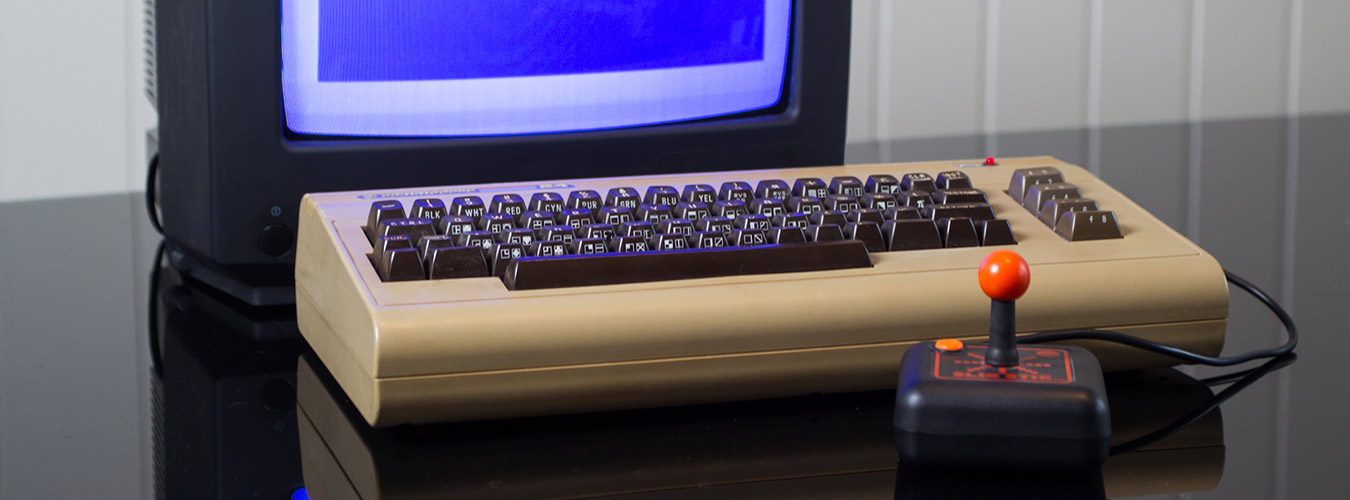
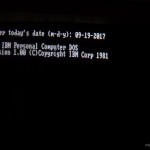
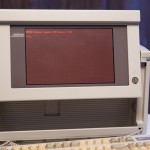
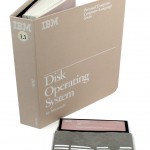
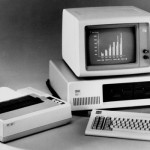
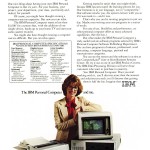
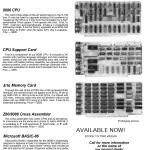
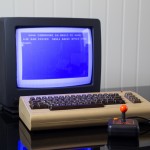
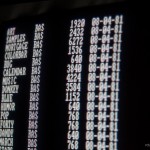
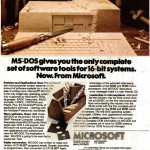
Good article: lots of quotes from original sources and so on. Great work!
One detail that you may enjoy — there is a later version of PC DOS than 2000, although as you correctly say, it was not available as a standalone product.
PC DOS 2000 is the Y2K-fixed version of PC DOS 7, and internally, it identifies itself as PC DOS 7.01.
There is also a PC DOS 7.1. It is available for free download from IBM as part of the Server Guide Scripting Toolkit. Some info about the changes are in the team lead’s personal website, here: https://sites.google.com/site/pcdosretro/
The changes are detailed on Wikipedia:
https://en.wikipedia.org/wiki/IBM_PC_DOS#PC_DOS_7.1
I’ve blogged about how to get it and install it, and how to combine it with most of PC DOS 2000 to make a complete OS:
https://liam-on-linux.livejournal.com/59703.html
Thank you, and thank you for filling in information, interesting! I didn’t knew that about PC DOS.
Good website and great photos, congratulations
Thank youso much!